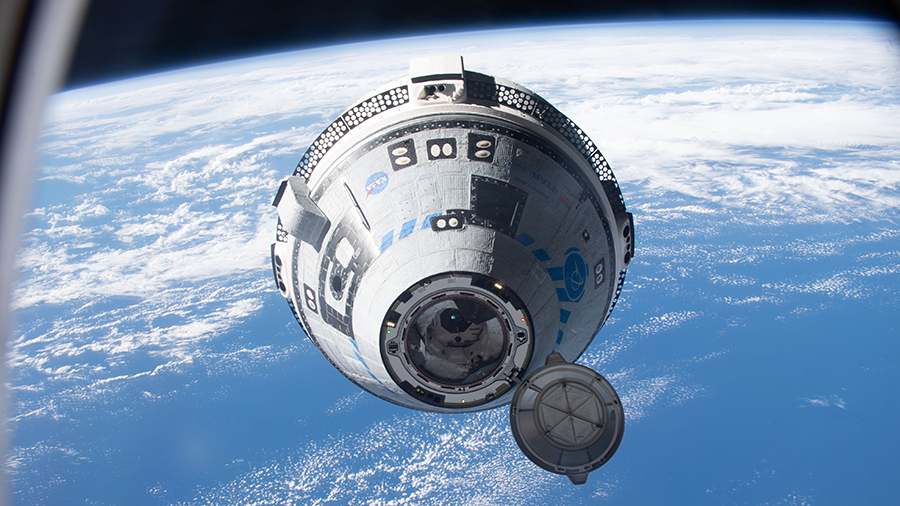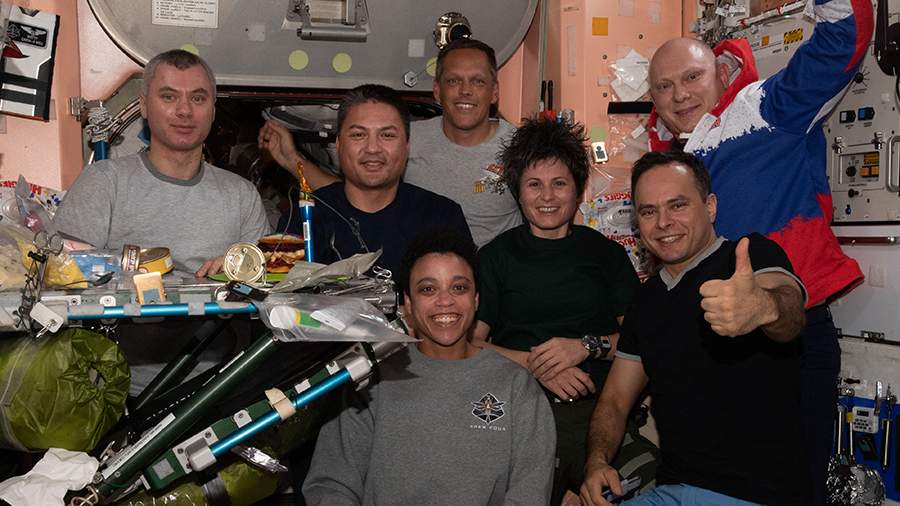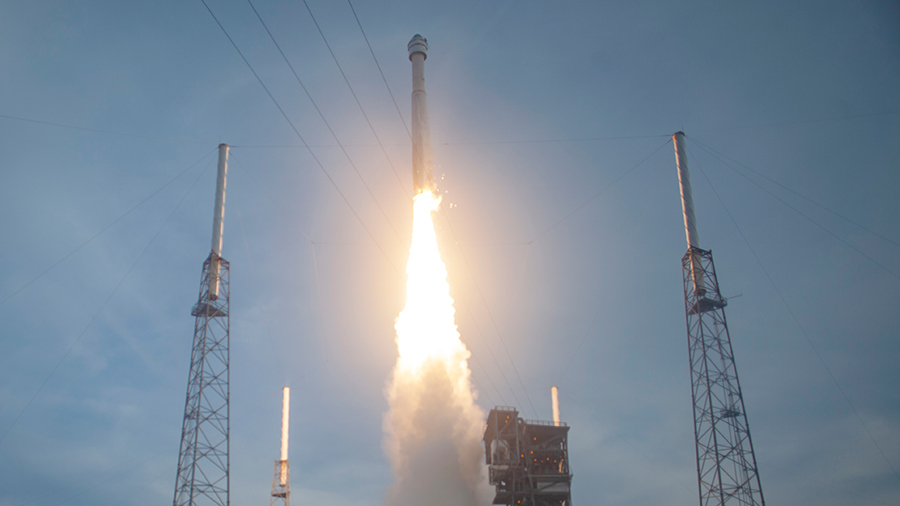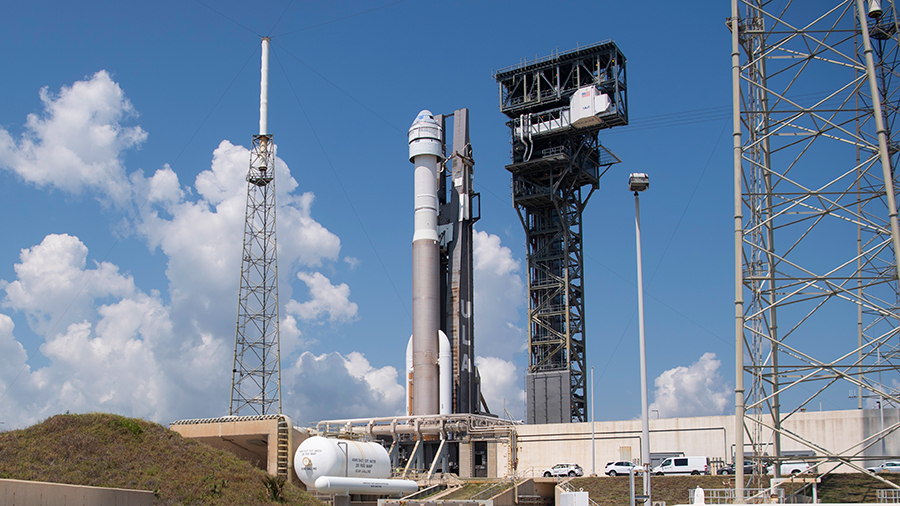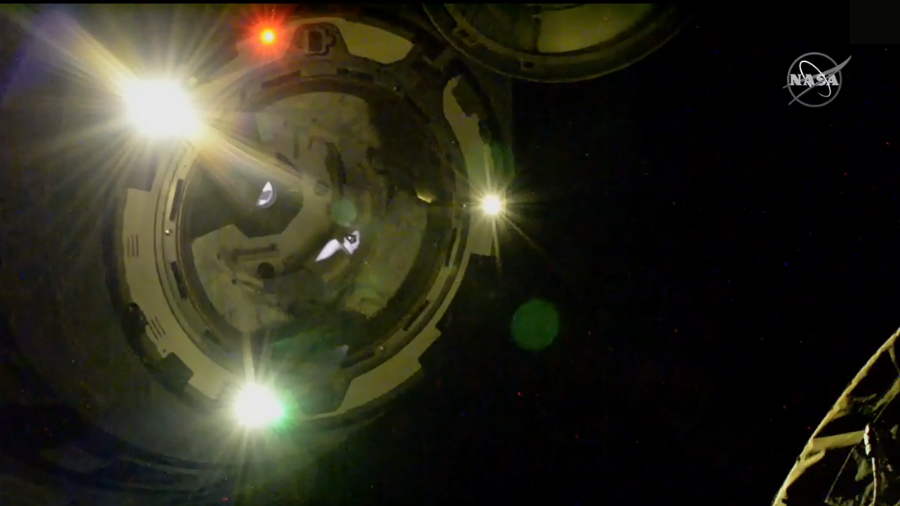
Boeing’s CST-100 Starliner spacecraft undocked from the International Space Station’s Harmony module at 2:36 p.m. EDT Wednesday, May 25, completing about 5-days attached to the microgravity laboratory as part of its uncrewed Orbital Flight Test-2. At undocking, Starliner and the space station were flying over Earth south of Bangkok, Thailand.
Starliner will execute a deorbit burn at 6:05 p.m. Wednesday, May 25, to begin the final phase of its return to Earth, headed for a parachute-assisted landing about 6:49 p.m. at White Sands Space Harbor in New Mexico. Live coverage for the deorbit burn and landing will begin 5:45 p.m. on NASA Television, the NASA app, and the agency’s website.
NASA and Boeing will host a postlanding news conference at 9 p.m. on NASA TV from NASA’s Johnson Space Center in Houston with:
- Steve Stich, manager, NASA’s Commercial Crew Program
- Joel Montalbano, manager, NASA’s International Space Station Program
- Suni Williams, NASA astronaut
- Mark Nappi, vice president and program manager, Boeing
Starliner launched on a United Launch Alliance Atlas V rocket on a flight test to the International Space Station at 6:54 p.m. Thursday, May 19, from Space Launch Complex-41 at Cape Canaveral Space Force Station in Florida. The uncrewed spacecraft successfully docked to the space station’s Harmony module at 8:28 p.m. Friday, May 20.
More details about the mission and NASA’s commercial crew program can be found by following the commercial crew blog, @commercial_crew and commercial crew on Facebook.
Learn more about station activities by following the space station blog, @space_station and @ISS_Research on Twitter, as well as the ISS Facebook and ISS Instagram accounts.
Get weekly video highlights at: http://jscfeatures.jsc.nasa.gov/videoupdate/
Get the latest from NASA delivered every week. Subscribe here: www.nasa.gov/subscribe


